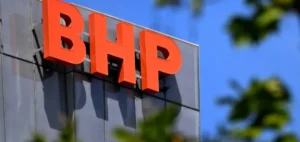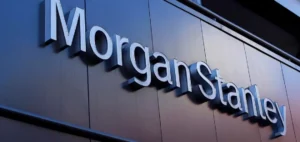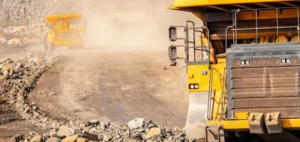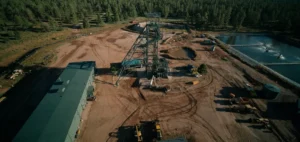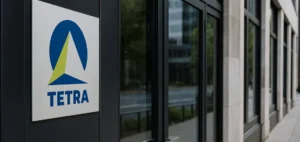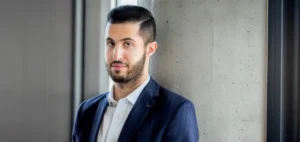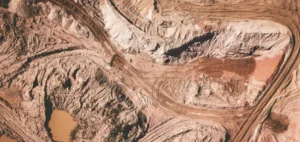The Global Critical Minerals Outlook 2025, published by the International Energy Agency (IEA), highlights the increasing concentration of global supply in strategic metals. According to the Paris-based agency, this trend raises risks for both energy security and global economic stability.
The analysis shows that the top three producing countries now account for 86% of global output of six key energy minerals – copper, lithium, nickel, cobalt, graphite and rare earth elements – up from 82% in 2020. In refining, China holds a dominant position in nearly all of these materials, except for nickel, which is largely processed in Indonesia. This concentration, combined with rising export restrictions, creates an environment highly susceptible to supply chain disruptions.
Investment slowdown weakens future prospects
Despite sustained demand growth, investment in the sector is slowing. In 2024, spending increased by only 5%, following a 14% rise in 2023. Exploration activity has stagnated, breaking the upward trend seen since 2020. This slowdown contrasts with the surge in lithium demand, which grew by nearly 30% in 2024.
China, Indonesia and several African nations have expanded production, placing downward pressure on prices for battery metals. However, this masks a structural weakness: the slow diversification of supply sources. According to the IEA, even with new projects announced, the share of the top three suppliers is projected to decrease only marginally over the next decade.
Structural deficit expected in copper market
Copper is among the most exposed minerals. With electrification needs expected to rise, the agency projects a 30% supply shortfall by 2035, due to an insufficient pipeline of new mining developments. This situation could weigh on industrial competitiveness and drive price volatility.
Trade tensions add further strain. Around 55% of the strategic minerals covered in the report are now subject to export restrictions. These measures increasingly extend beyond raw materials to include processed products and refining technologies, tightening constraints on industrial supply chains.
Dependence on China remains dominant
The report now includes 20 energy-related strategic minerals and advanced technology components. China refines 19 of these, with an average market share of 70%. Fifteen of the minerals have demonstrated greater price volatility than oil, highlighting their exposure to supply shocks.
The report also examines supply chains for new battery technologies such as lithium iron phosphate (LFP) and sodium-ion cells. These segments, while distinct from traditional nickel-based batteries, also depend heavily on materials refined in China, such as manganese sulphate and phosphoric acid.






